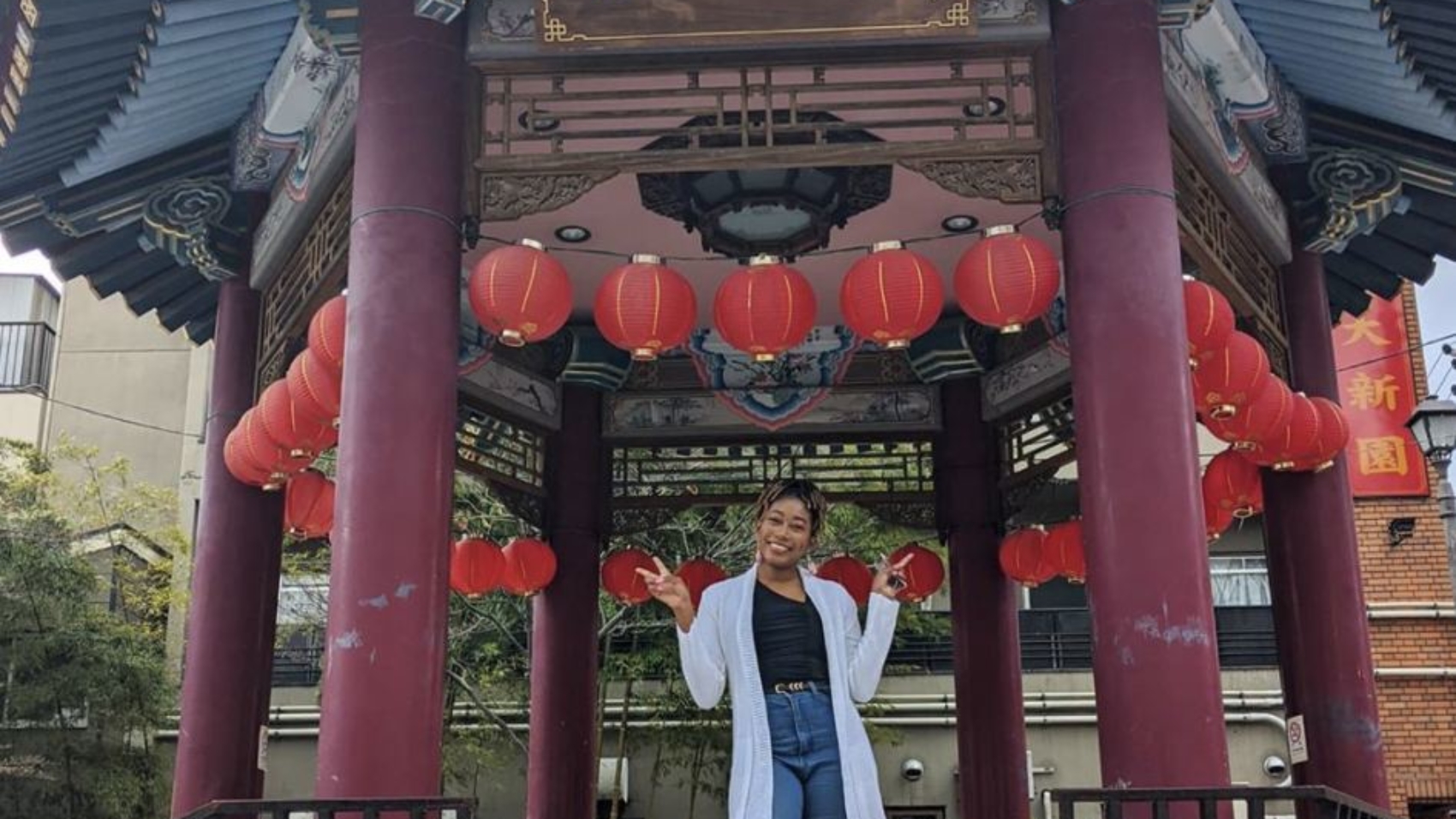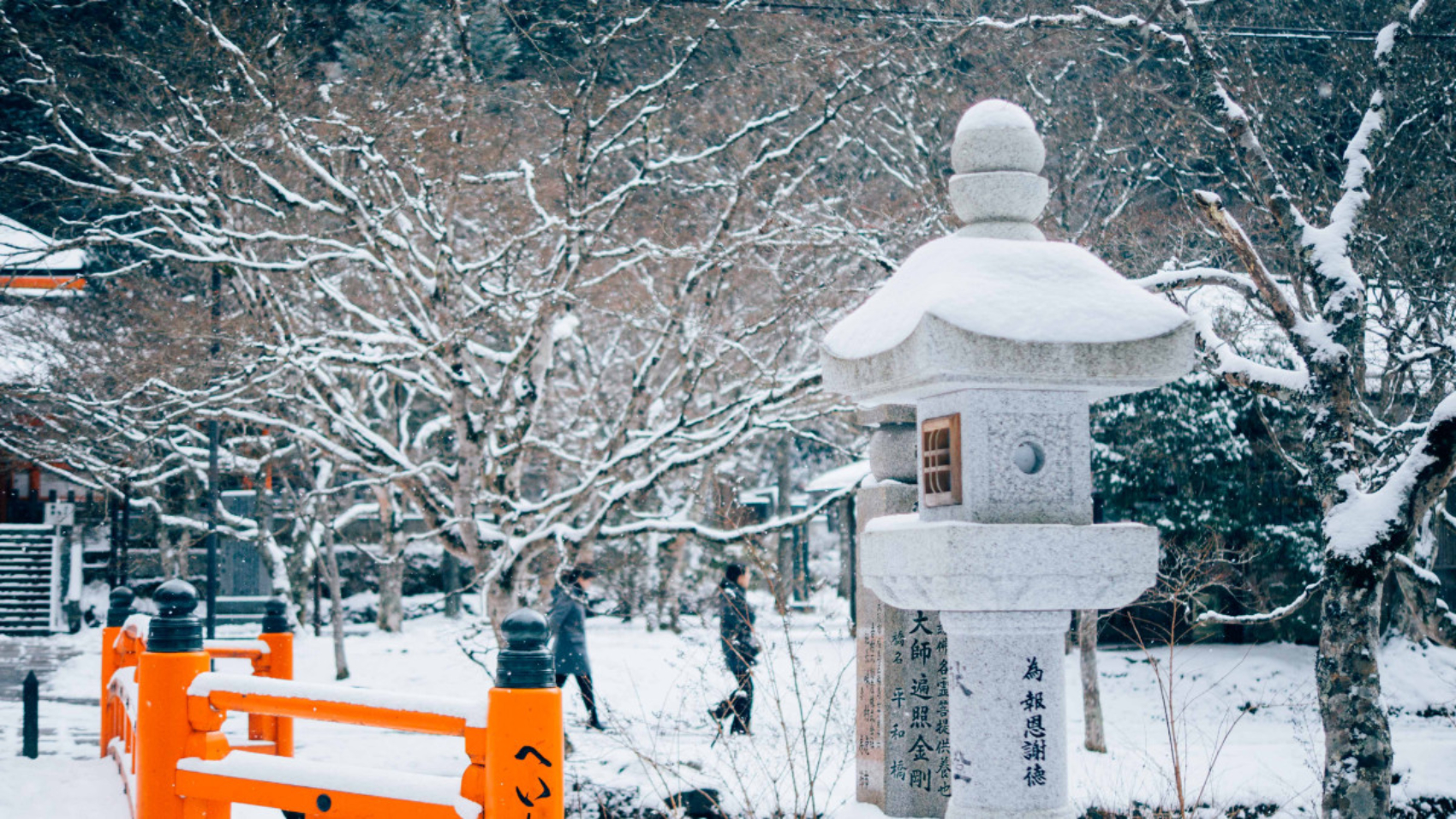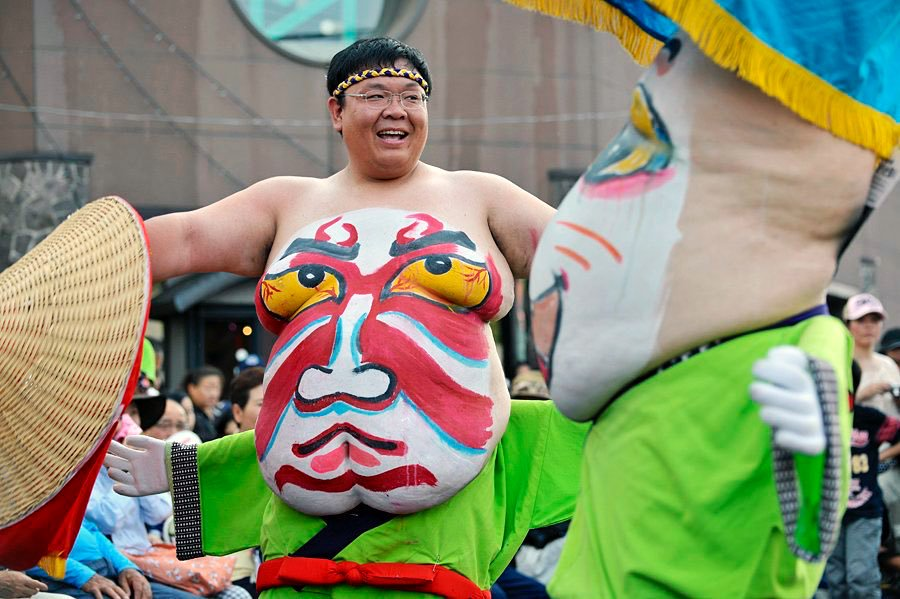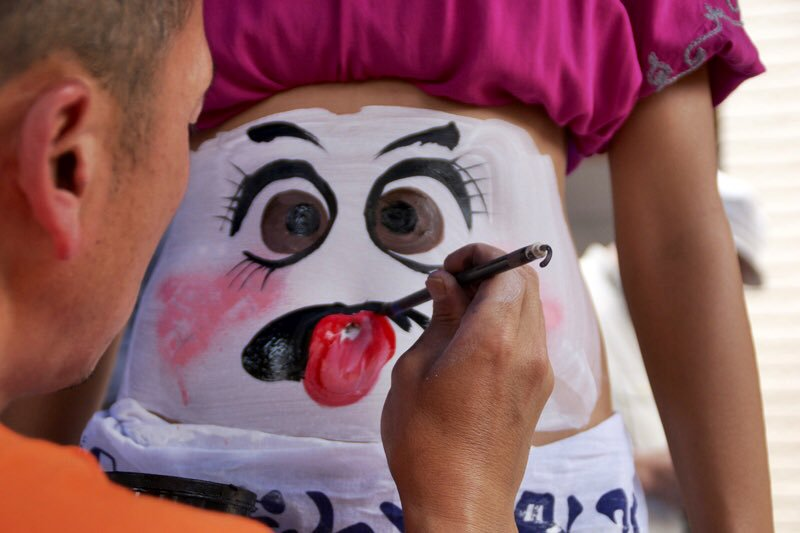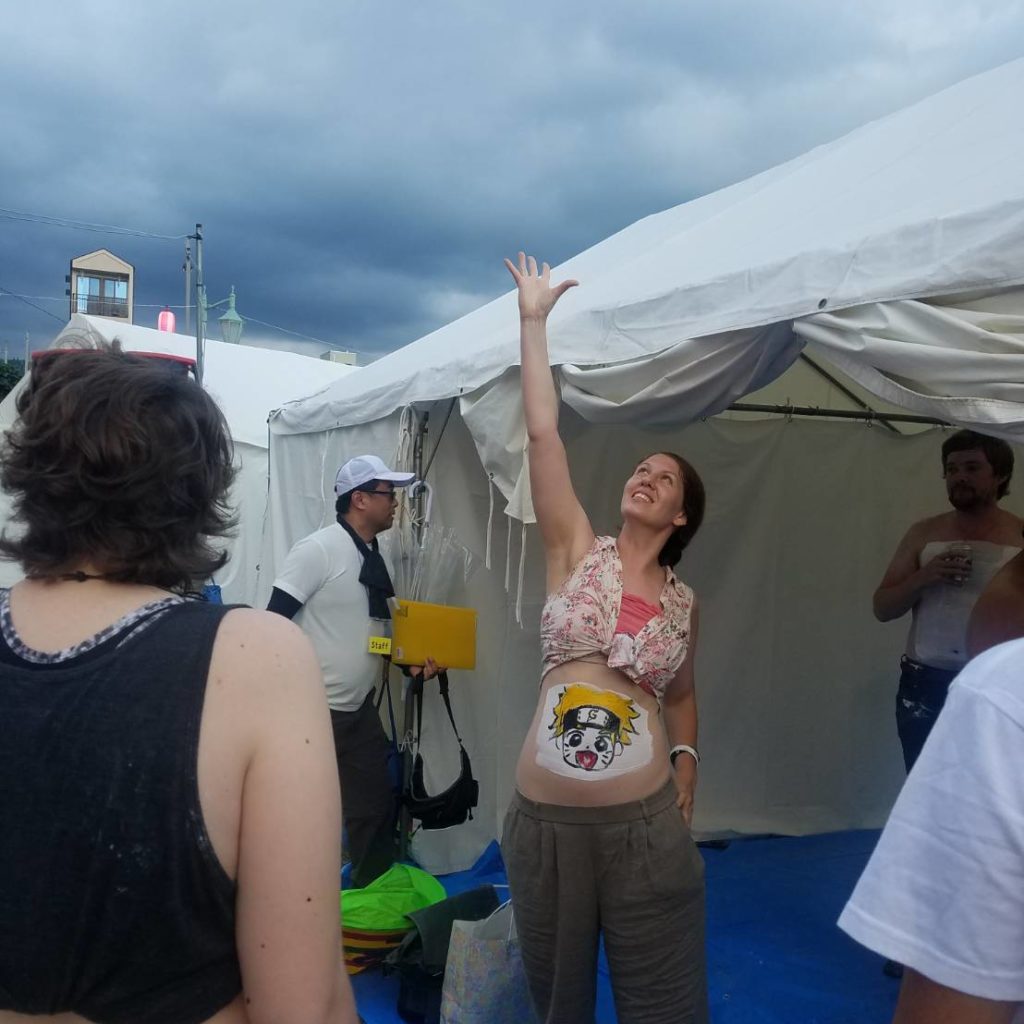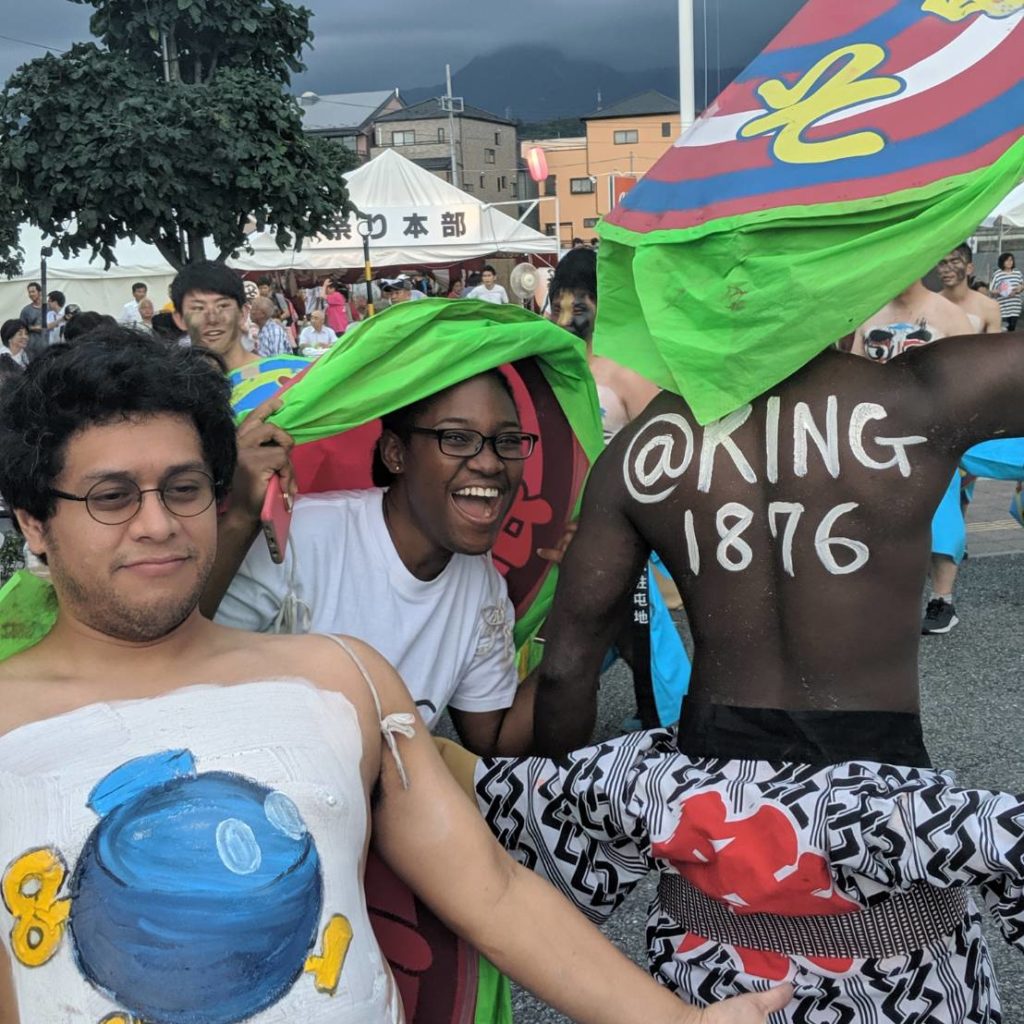No matter the global climate, the incessant craving for adventure is still an active desire in the human mind. This was the case for Kimberly Morris, a lawyer from Kingston, Jamaica whom I had the great pleasure of interviewing.
Even with the effects of the pandemic rippling globally, severely impacting travel regulations and all aspects of life as we know it, Ms Morris could not shake the calling and still deemed it an opportune time to set out on her journey to far East Asia. In the Q&A below she details some of her experiences thus far!
Q: What was your travel experience like and how did you feel prior to and during the move?
A: My travel around experience was a rollercoaster of emotions, everything came in stages.
The first stage was telling my family and close friends that I got the job and would be moving. I made sure to explain the reasons for why I wanted to move first and although it hurt them for me to leave they were very supportive of my decision which I’m truly grateful for.
Then when I was resigning from my job, it was so emotional for me which I really didn’t think it would be. The fact that I would be travelling across the world became very real in that moment and it’s a crazy feeling to know that from high school up to this point my main focus was to be here – doing this job and I was leaving all of it behind to do something different.
Then there was the process of slowly telling my friends and family which ranged from people making me feel crazy to persons supporting my decision 110% and no matter how much people make it seem like “Oh, I’m not bothered by the opinion of others” having someone you care for think you’re making a terrible mistake does make you feel like you have to go in a corner and pray/meditate/debate/draw a pro and cons list about what you’re doing.
The journey during Corona was another issue from cancelled flights, rerouting, extremely long layovers, Google map conundrums and taking more than 35hours was such a draining process. Luckily I travelled with 3 Jamaicans (Petula, Ravi and especially Shannakay) who made the journey not seem as daunting and now I have some funny stories to tell from the flight to arriving at the airport.
Q: What was it like navigating the culture? Tell us about some things that stick out and are really different in comparison to back home.
A: Currently navigating the culture, especially when I haven’t seen all that there is to see has been fairly easy. We were told beforehand of the norms here and I did some research on my own which prepared me for most things, (God bless the internet).
The main difference I’ve seen between Japan and Jamaica was that Japan is really orderly and the quality customer service. OHMYGOSH! I haven’t been to one place where I’ve had poor customer service.
Everything is also very calm and relaxed, I’ve yet to hear one person blow their car horn or have road rage. However, in a year’s time I think I’ll have more to add when I’ve been able to explore a bit more.
However, with all of that said, on the flip side, Japan still doesn’t have the vibrancy that Jamaica has, I think in the chaos and how expressive people are adds to the flair and allure of our country – people speaking their mind and being expressive at all times – there is a warmth and familiarity to it that I do miss.
Q: In what ways have you experienced cultural immersion?
A: This is a funny one. Because of the pandemic the idea of immersion hasn’t truly taken place. I’ve gone to training sessions with 98% English speakers and then gone to school physically a few times and other than that working from home, going to the grocery store, home store and walks through my community is the only other time I encounter Japanese people.
Most interactions stay at hi and bye and the concept of social distancing really does hinder the natural connection of meeting and getting to know someone. So until this pandemic is under control I don’t think i’ll truly understand the concept of immersion.
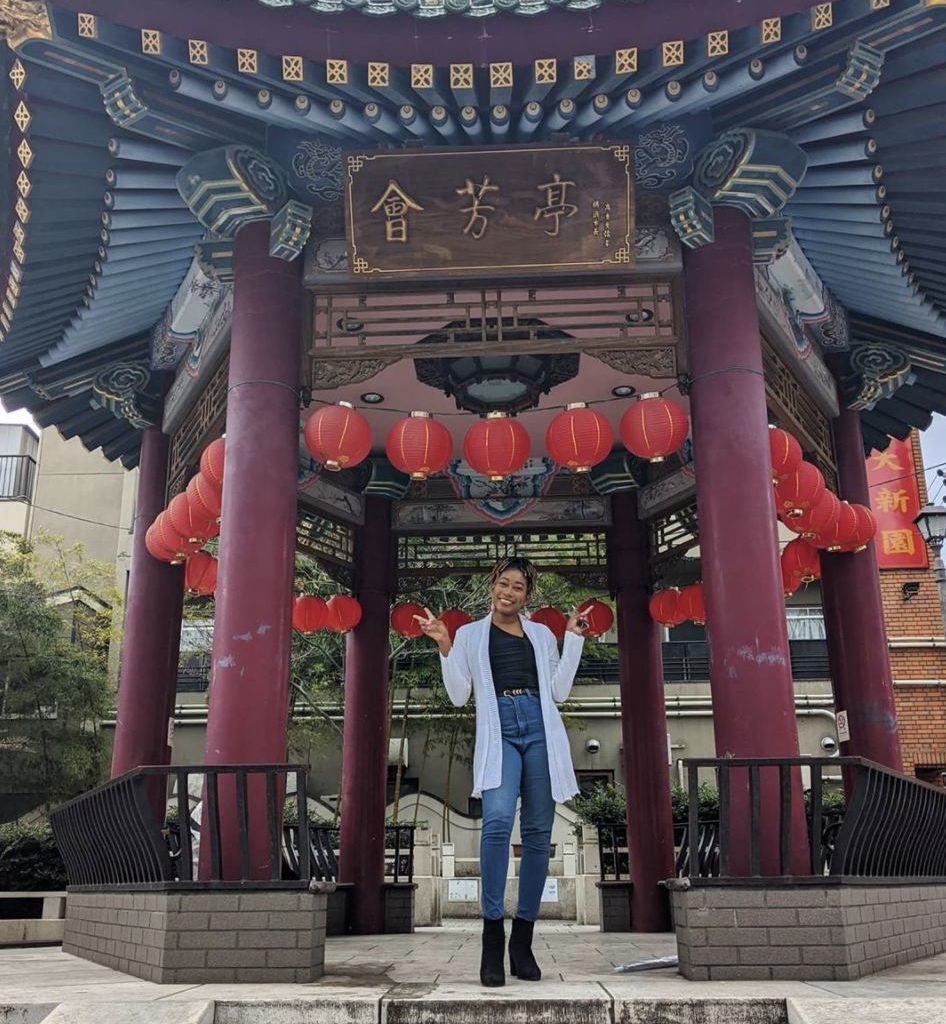
Q: In what ways has the pandemic both liberated you as well as have you feeling restricted?
A: I think the main way the pandemic has restricted me is really my freedom of movement. I came here to explore new cultures, terrain, meet new people and travel Asia – so that has completely halted.
But as corny as it sounds it has liberated my mind. I’ve spent a majority of my life just working – whether it was as a student or an employee and having that take up the majority of your headspace – to have the forced time to say “Hey! What do you want out of life? What is it that you want? What do you need? What are your priorities?”
With less interruptions your thought process becomes clear to truly answer these questions for yourself – it’s really been quite a freeing experience.
Q: Have you experienced homesickness? If yes, to which degree has it?
A: Homesickness hasn’t really hit just yet. I miss my family and friends physically being with me and in the same time zone but I think with technology, video calling, WhatsApp and all other social media platforms it makes the pill a little bit easier to swallow. Also, because the pandemic has forced persons to stay away from individuals who aren’t living in the same household I think not seeing my friends gather and say “we miss you, wish you were here” and seeing all the fun they were having and wanting to be there hasn’t really hit.
With family I’ve been away from members of my family for varying periods of time and I think experiencing that at different times in my life has prepared me to handle my emotions better – focusing on the good of what’s happening while being away instead of the pain of not being able to just be next to the people you love.
But I’m sure if you ask me again in a couple of months there is a strong possibility I will be in shambles but right now I’m in a good space.
We hope this Q&A still shows that exploration and the journey is still possible despite all that is happening in our world today. This may be your perfect chance to reset and start a new career and new life in Asia.
Interested in teaching English in Japan? Learn more about the INTERAC and JET programmes.

